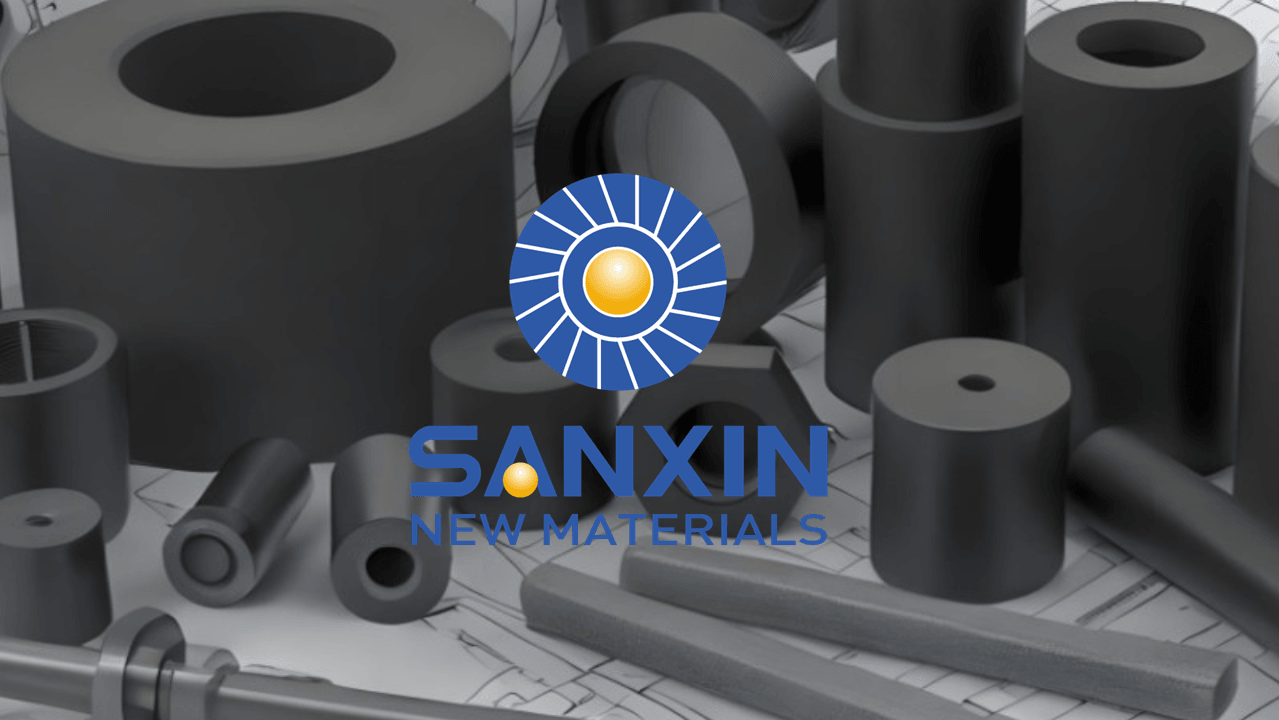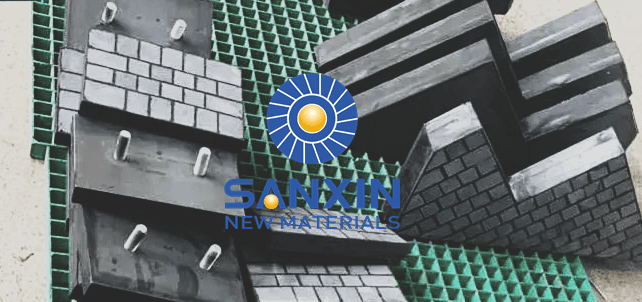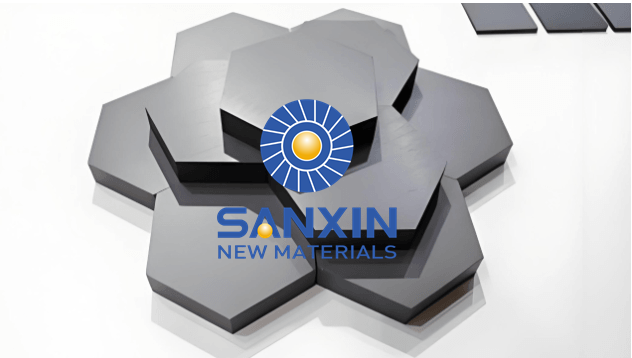In the realm of photovoltaic and semiconductor manufacturing, preserving the uncompromised purity of high-grade quartz (SiO₂ ≥ 98 %) is non-negotiable to achieve superior electronic-grade silicon. Traditional metal screening and conveying systems, however, suffer from rapid wear—often failing within 4–8 weeks—and introduce metal debris that contaminates quartz, leading to quality rejections and costly production downtime. Silicon carbide (SiC) ceramic liners, sharing the silicon basis of quartz and converting residual carbon to CO₂ during calcination, eliminate metal abrasion and contamination while offering Mohs hardness up to 9.2 (exceeding high-manganese steel wear resistance by over 15×) and Vickers hardness above 23 GPa This transformative wear-protection solution extends equipment service life from mere months to over a year, halves unplanned downtime, and reduces maintenance costs by roughly 60 % . Below, we explore the technical attributes, manufacturing methods, market trends, application case studies, ROI analyses, and future innovations of SiC ceramic liners in high-purity quartz handling.

Fine quartz particles possess substantial hardness and abrasive potential. When processed through steel chutes and screens, repeated impact and sliding abrasion can erode metal surfaces in 4–8 weeks, necessitating frequent part replacements to maintain throughput and dimensional accuracy. This cycle of wear-replace-wear disrupts production schedules, reduces operational efficiency, and demands high replacement-part inventories.
As metal surfaces degrade, iron and other metal debris mix with quartz, forming sub-micron inclusions that compromise wafer-level electrical properties in photovoltaic and semiconductor devices. Contaminated quartz feedstock leads to elevated scrap rates, rework costs, and potential customer rejections—jeopardizing both yield and revenue.
Silicon carbide ceramics are composed primarily of SiC, eliminating the introduction of foreign metals during quartz screening . Unlike metal liners, any residual carbon in SiC oxidizes to CO₂ during calcination, leaving no solid residues or heavy-metal contaminants . This inherent chemical compatibility with quartz ensures compliance with stringent purity benchmarks in solar‐grade silicon and semiconductor‐grade materials.

Silicon carbide registers 9–10 on the Mohs hardness scale, ranking second only to diamond and boron carbide among engineering materials. In contrast, hardened high-manganese steel measures around 8–8.5, rendering SiC liners over 15 times more resistant to abrasive wear from quartz particles.
Vickers hardness of sintered SiC exceeds 23 GPa, contributing to a low friction coefficient and exceptional abrasion resistance in high‐velocity quartz flows. SiC’s superior hardness and low porosity minimize material loss and surface degradation under repeated mechanical stress.
While ceramics are often brittle, advanced SiC composites combine dense SiC with engineered substrates to absorb kinetic energy in high‐impact zones without catastrophic failure . These composite liners resist cracking and chipping at feed hoppers and loading points, where impact forces are most severe.
SiC ceramics exhibit high thermal conductivity (up to 120 W/m·K) and low coefficient of thermal expansion (~4 × 10⁻⁶ K⁻¹), affording excellent resistance to thermal shock during rapid temperature fluctuations in calcination and annealing processes. This stability preserves liner integrity and dimensional accuracy under cyclic thermal stresses.
SiC’s superior chemical inertness makes it exceptionally resistant to acid, alkali, and general corrosion. In environments where quartz is processed alongside chemical reagents or moisture-laden dust, SiC liners maintain performance and prevent material degradation, further safeguarding product purity.
The industrial manufacture of SiC begins with the Acheson process: a mixture of quartz sand and petroleum coke, heated to ~2,000 °C in an electric resistance furnace with salt and wood chips to catalyze SiC formation. The resulting SiC “green” is crushed, purified, and shaped into preforms.
SiC powder with sintering additives (e.g., boron, carbon) is compacted and sintered at 2,000–2,200 °C to achieve high density (>98 % theoretical) and mechanical strength.
These techniques apply pressure during sintering to reduce porosity and enhance fracture toughness, yielding liners with superior impact resistance and minimal defects.
CVD produces ultra-pure SiC coatings and components (>99.9995 % purity) by decomposing methyltrichlorosilane gas at 1,000 °C onto substrates, forming dense SiC layers ideal for critical semiconductor applications.

The global SiC ceramics market reached USD 8,394.89 million in 2024 and is projected to grow to USD 8,923.77 million in 2025, with a CAGR of 6.3 % through 2033—driven by expanding photovoltaic installations, semiconductor demand, and wear-resistant industrial applications.
Enhanced wafer yields, reduced contamination risks, and longer equipment lifecycles underpin rapid SiC liner adoption in solar cell production and semiconductor wafer fabrication. Government incentives—such as the U.S. DOE’s conditional $544 million loan for SiC wafer plants—further accelerate market uptake in high-tech sectors.
A leading polysilicon producer retrofitted steel chutes with SiC composite liners in its feedstock screening stage, extending liner life from 6 weeks to 14 months, reducing unscheduled downtime by 55 %, and achieving zero metal contamination incidents over two years of continuous operation.
An electronic‐grade quartz manufacturer replaced screening decks and conveying pipes with monolithic high-purity SiC liners, eliminating iron contamination in downstream furnace loads and increasing overall product yield by 8 %.
Silicon carbide liners are manufactured to precise OEM specifications for drop-in compatibility with existing mounts and fasteners. Proper handling procedures, including lubrication of mounting hardware and use of non-metallic shims, ensure damage-free installation in chutes, screens, and pipes .
Periodic visual inspections for surface scratches, cracks, or loose sections—combined with ultrasonic thickness measurements—help schedule proactive liner replacements before performance degradation. Cleaning protocols using low‐abrasion media preserve SiC integrity.
SiC liners extend operational lifespans from 1–2 months to 12–18 months, reducing replacement frequency by over 80 % .
Facilities report a 45–60 % decrease in unplanned downtime after switching to SiC, enhancing throughput stability and production planning accuracy .
Total cost of ownership decreases by approximately 60 %, as fewer liner replacements and reduced labor hours translate into rapid payback—often within a single production cycle .
SANXIN New Materials Co., Ltd. specializes in ceramic milling balls, nanopowders, wear-resistant and abrasion-resistant ceramics, and engineered SiC liners tailored for high-purity quartz screening and conveying.
Our experts analyze client wear patterns via computational simulations and field data, recommend optimal SiC grades and composite architectures, and design liner geometries to maximize service life and ease installation.
With certified manufacturing facilities in Asia and distribution centers in Europe and North America, SANXIN delivers rapid lead times, rigorous quality assurance, and responsive technical service worldwide.
Research into fiber-reinforced SiC and functionally graded materials aims to further enhance fracture toughness and impact resistance for ultra-demanding applications.
Combining SiC wear faces with metal backings or damping layers offers potential to integrate toughness and vibration absorption without compromising purity.
Beyond photovoltaics and semiconductors, SiC liners are gaining traction in cement, mining, and chemical processing, as well as in next-generation electric vehicle battery manufacturing lines, owing to SiC’s compatibility with corrosive slurries and high-throughput operations.
Silicon carbide ceramic liners represent a paradigm shift in high-purity quartz screening and conveying—delivering unmatched wear resistance, impurity-free processing, and substantial ROI. SANXIN’s engineered SiC solutions extend equipment lifespans, slash downtime, and ensure the integrity of photovoltaic and semiconductor feedstocks.
Contact SANXIN New Materials Co., Ltd.
WhatsApp: +86 19070858212 | Email: | Email: sales@beadszirconia.com

Submit your demand,
we will contact you ASAP.

Sanxin New Materials Co., Ltd. focus on producing and selling ceramic beads and parts such as grinding media, blasting beads, bearing ball, structure part, ceramic wear-resistant liners, Nanoparticles Nano Powder

